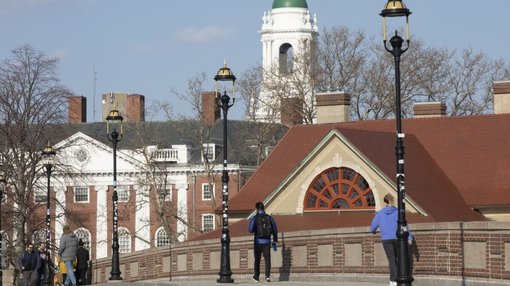Stanford Approves 4% Increase in Tuition Fees for School Year 2022-2023
United States North America Higher Education News by Erudera News Feb 23, 2022

The Stanford Board of Trustees has approved a four percent increase in tuition and also a 4.25 percent increase in room and board fees for the 2022-23 school year.
Through a report published on February 17 by the Stanford Board of Trustees, it has been revealed that the fees will not increase for students who are in financial need, Erudera.com reports.
Chair of Stanford Board of Trustees, Jerry Yang, said that need-based financial aid plays an important role in supporting students, adding that ensuring access to Stanford education is a top priority for the university.
“This tuition increase will help support our people and our programs, including student financial aid, amid inflationary pressures on our operating costs,” he added in this regard.
In terms of total undergraduate charges, they will have an increase of $77,034 over the next year, which means they will have to pay an extra $57,692 for tuition, another $18,619 for standard room and board, and finally, $723 more for the mandatory health fee.
“Tuition doesn’t cover all costs of undergraduate education, meaning families who don’t receive financial aid also receive a subsidy. Room and board revenue directly supports operations of Residential & Dining Enterprises, which has seen increases in the cost of food, materials and other operating expenses during the pandemic,” the statement reads.
Due to concerns about the impact of the pandemic on students, the board last year voted to expand financial aid and keep schooling unchanged for the 2021-22 school year. That was the first year that there was no increase in more than three decades.
Nearly 70 percent of graduate students receive financial aid to attend Stanford University, while only 13 percent of graduates leave Stanford with a student debt of $13,700 on average.
Stanford University has also announced that it will provide five years of funding for all doctoral students, while it is also committed to ensuring the availability of housing on campus.
In addition, Stanford will increase the health insurance subsidy to 100 percent for graduate students who are in good academic standing and rely on research and teaching assistance at a level of 25 percent or higher or scholarships at a comparable level.
According to the Stanford Board of Trustees, higher education is already facing a lot of pandemic inflationary pressures, so increasing education will help a lot in addressing these concerns.
In recent years, Stanford has undergone several major improvements as it has one of the strongest financial assistance programs. The board of directors last year extended the eligibility of financial assistance to those families who had an income below $75,000 not to pay for tuition, room, or board, whereas previously, this policy applied to those families who had an income below 65,000.
Nonetheless, the University has increased its full-tuition threshold from $125,000 in 2020 to $150,000 in annual family income in 2019.
>> Stanford University Ended Fiscal Year With $47.2 Billion Collected
Recent Articles
United Kingdom
Apr 24, 2024
Germany
Apr 24, 2024
United States
Apr 23, 2024
Canada
Apr 23, 2024
United States
Apr 22, 2024


